Friction
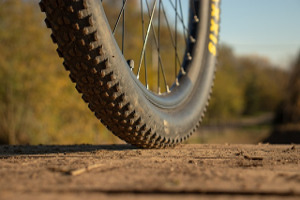
This science scheme of work for Key Stage Two gets the children to investigate, describe and test the effects of air and water resistance and friction on different objects and materials presenting results using graphs and tables. The class can devise tests to prove different concepts about friction as true or false.

Investigate, describe and test the effects of air and water resistance and friction on different objects and materials presenting results using graphs and tables
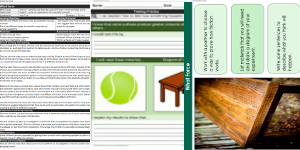
Lesson One : What Force
Identify, describe and compare some of the different uses of the force of friction that can be utilised in the everyday world to complete a range of functions
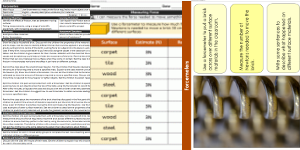
Lesson Two : Forcemeters
Practise using forcemeters to measure and record the force that is required to move objects made from different materials over a range of surfaces
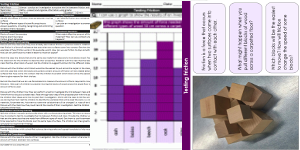
Lesson Three : Testing Friction
Investigate how to conduct and present measurement results from an investigation to explore the link between the force of friction and mass
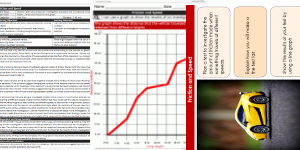
Lesson Four : Friction and Speed
Explain and model how to plan and conduct an investigation to explore and measure the link between the force of friction and the speed of objects
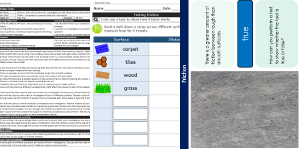
Lesson Five : Friction texts
Explore how to plan and conduct an investigation to test some different ideas and concepts about how friction works in the world
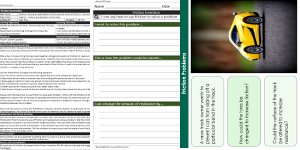
Lesson Six : Friction Invention
Practise devising an application or a special device that can use the force of friction in the everyday world to solve a specific type of problem
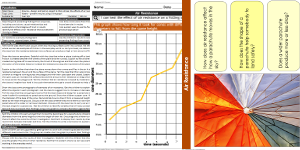
Lesson Seven : Parachutes
Investigate and record how to design and test a special type of object that utilises the effects of air resistance to move effectively through the air
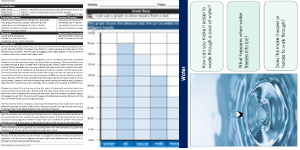
Lesson Eight : Great Race
Identify, describe and compare the best liquids that can be used to reduce the amount of friction that can occur between two surface materials
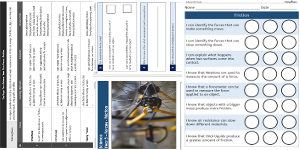
Friction Assessment
Assess abilities in investigating, describing and testing the effects of air and water resistance and friction on a range of different objects and materials

Lesson Presentations
Interactive digital presentations to support the teaching of different topics and themes

Class Games
Find out what teachers are saying about the primary resources they have used to support their teaching

Teaching Ideas
Ideas and advice for classroom lessons and teaching activities to support busy primary school teachers

Teaching Tools
Discover time saving tools to create custom made lesson plans, templates and worksheets to support classroom teaching

Keep Updated
Subscribe to the newsletter to keep updated on the latest teaching packs and get some free ideas for your lessons
